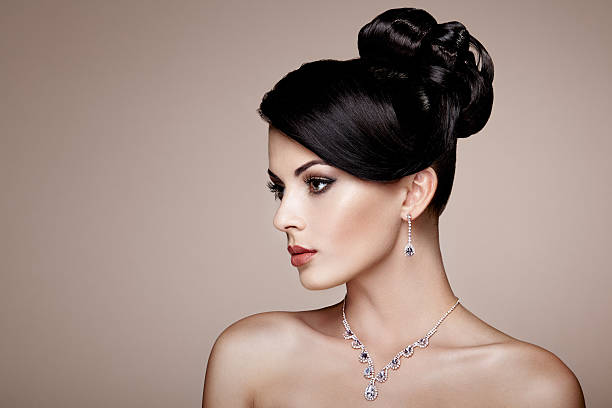How Are Diamonds Priced: Components of Diamond Pricing You Should Know All Entries

You cannot leave out diamonds when listing the most expensive gems. That’s why you should get the best value when buying or selling diamonds. Ordinarily, a product’s value depends on raw material, processing, labor, and rental costs. But diamond pricing is more complicated. So, how are diamonds priced?
Understand the 4Cs
Quality determines how diamonds are priced. Diamond grading incorporates the following elements.
- Carat
It expresses a stone’s mass, with a carat representing 0.2 grams. Generally, heavier stones are worth more. But carat isn’t a definite price measure. Because all of the 4C's matter, a two carat stone isn’t necessarily twice the cost of a one carat gem. The value of a small colorless diamond without inclusions could be higher than that of a heavier blemished jewel. Likewise, extra weight could reduce brilliance and price in the event of incorrect cuts.
- Color
Color is an essential component of how diamonds are priced. Diamond color scales run from D-Z. Stones lower on the scale cost less. For instance, D grade diamonds are more expensive than G grades. Because they’re rare, colorless diamonds command higher values than their tinted alternatives. However, fancy hues such as pink and green have different grading standards. Color treatment also influences how diamonds are priced. While treated stones cost more after enhancement, their value is below similarly graded untreated gems.
- Clarity
It’s the evaluation of imperfections inside and outside the stone, as blemishes and inclusions refer to surface and internal defects, respectively. The first clarity factor is size. As such, larger marks translate to lower clarity grades. Eye-clean diamonds may be flawed, but you cannot see the defects without magnification. On the other hand, visible dark spots reduce the stone’s worth. You should also check the number of imperfections. Fewer defects attract higher clarity ratings. Don't forget blemish positions, as flaws are more noticeable under the diamond table than near a pavilion.
- Cut
It’s the interaction of a gem’s facets with light. Cut influences a stone’s sparkle, hence, how diamonds are priced. GIA rates the best cuts “Excellent” and the worst ones “Poor”. This is not to be confused with shape. While cut determines the stone’s shine, shape describes its form. Common shapes include pear, oval, and princess. Because cutters lose a large part of the original stone, round diamonds are costlier than other shapes. Hold your diamond under enough light to evaluate its cut. You’re dealing with a high-quality diamond if every facet sparkles. Conversely, the value is lower if the center is dark.
It Doesn’t Stop at the 4C's
The 4C's may provide diamond price estimates, but that’s just a starting point. The gem’s condition also influences its value, as secondhand diamonds might be chipped. Diamonds typically depreciate over time, however, they may attract higher prices during booming economy years.
The same applies to mounting types. For instance, platinum may be costlier than 10k mounting. Ordinarily, loose diamonds are cheaper than ready-made ornaments. Industry players also influence how diamonds are priced. Take the case of Belgian gem expert Martin Rapaport, who created diamond price benchmarks for pear, round, and marquise stones in 1976.
Consult an Expert
You may have an idea of how diamonds are priced, but consulting an expert guarantees accurate values. Engaging professionals also protects you from scams. Don’t forget to ask for certification to confirm the diamond’s features and facilitate legal action in case of fraud. For information about our diamond appraisals and to get the best price for your diamond, contact Ralph Mueller & Associates.